What the Bitcoin Whitepaper did not describe
Uncover the untold story of Bitcoin's evolution beyond its whitepaper. Discover the origins of key features like the 21M coin cap, mining pools, and more. Learn how Bitfinity is pushing the boundaries of what's possible with Bitcoin today.
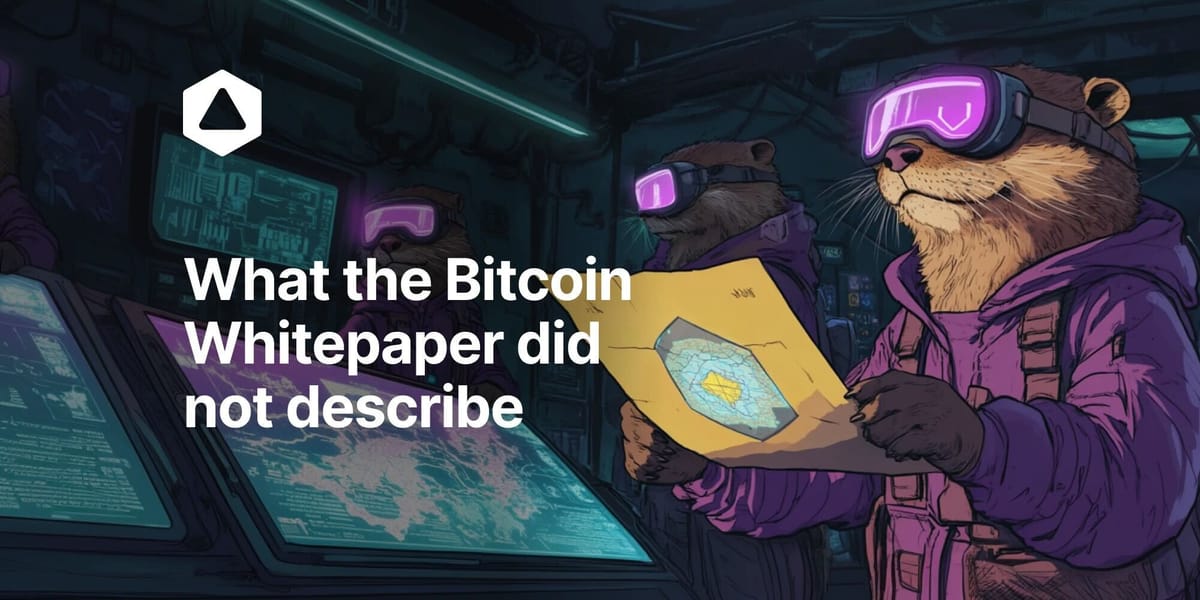
If you tell most people today that you want to understand Bitcoin, the majority will tell you that all you need is to read its whitepaper. But after you read it, you will be surprised to find out that there is no mentioning of most of the aspects you associate with Bitcoin today.
It is only an oversimplified paper explaining that a solution to the double-spend problem was found. So this makes us wonder - if most of the aspects we associate Bitcoin with today are not in the whitepaper, then where did they come from?
Join us in this article as we take you through the Bitcoin whitepaper and look at the aspects it did not describe.
The Bitcoin Whitepaper
To understand Bitcoin, we must understand the whitepaper, or that is what they say at least. It was THE 'Satoshi Nakamoto' that first shared the Bitcoin whitepaper on the metzdowd.com cryptography mailing list on Oct. 31, 2008, at approximately 18:10 (UTC). Where he then proceeded to provide a link to bitcoin.org where the paper was hosted, along with a summary of the paper and the abstract.
This date marked the first time the anonymous creator publicly shared his vision. As many like to say, ‘what followed next is history!’ But before we move to the things that are not in the whitepaper, let us understand what was.
Things Mentioned in the Bitcoin Whitepaper
The Bitcoin whitepaper is made up of just nine pages and twelve sections. But that is not to say it is an easy read. Many say it actually takes years to fully understand it. But worry not, because we are here to simplify that for you by looking at some of the technicalities it details
Peer-to-Peer Payments
When you open the paper, the first thing you come across is its title: ‘Bitcoin: A Peer-to-Peer Electronic Cash System’.
As it reads, the main purpose of Bitcoin is to develop a system that would allow online payments to be sent directly from one party to another (peer-to-peer).
Electronic Cash
To facilitate these peer-to-peer payments, the whitepaper proposes an ‘electronic cash’ that would only exist online, unlike the traditional physical money. The phrase ‘electronic cash’ is used to refer to Bitcoin currency, and it is widely believed that Satoshi introduced the word Bitcoin later in the process.
Evidence from one of the early mails he sent to Wei Dai, the creator of B-money, suggests that he may have even wanted to call it simply ‘Electronic Cash’.
Chain of Signatures
In the second section of the whitepaper, Satoshi describes the basic components required to sustain the network, beginning with the idea of recording digital signatures.
'We define an electronic coin as a chain of digital signatures.'
Let’s say someone wants to send you some Bitcoin. When they initiate the transaction to transfer the coins, they have to digitally sign a hash (a unique short code used to identify the transaction) and your public key, which is your ‘address’.
All these are added to the chain of signatures, and it continues, forever stored in electronic format by all Bitcoin nodes.
But how sure would you be that the amount sent to you had not been previously spent in an earlier transaction?
Publicly Announced Transactions
The paper notes that the only way to confirm if your coins were spent in another transaction (double-spent) or not is to be aware of all transactions. And to accomplish this without a third party, it proposes that all transactions be publicly announced.
Chronological Timestamp Server
The timestamp server solution requires all hashes of these blocks to be timestamped at the same time on all the computers in the network known as nodes.
Each new timestamp includes the previous one in its hash. This way, it creates a chain of verified blocks that can each prove the authenticity of all previous ones.
This chain of verified blocks is what is commonly termed today as 'blockchain', but the whitepaper did not directly mention the name as we will see in a later section.
Honest vs Attackers
To add a new block of transactions to the timestamp server, a complex mathematical puzzle must be solved. This process is known as proof-of-work and it requires much computational power and energy which the whitepaper terms as 'CPU effort'.
In the whitepaper, Satoshi asserts that as long as a majority of CPU effort is controlled by honest nodes, the honest chain will always grow faster than any competing chains created by attackers.
The argument behind this is that the complexity of proof-of-work makes it difficult for an attacker to catch up once they fall behind.
“To modify a past block, an attacker would have to redo the proof-of-work of the block and all blocks after it and then catch up with and surpass the work of the honest nodes.”
And with that, the Bitcoin whitepaper laid out the framework of an idea that would shift the dynamics of the financial sector and beyond.
But Bitcoin has grown up and it includes many aspects that were not listed in its original whitepaper. This takes us back to our question - where did they come from?
What the Bitcoin Whitepaper did not describe
'Blockchain'
Although one of the most used buzzwords of this day and even said to have been first introduced by Bitcoin, the word ‘blockchain’ is nowhere to be found in the whitepaper. Rather, the concept we understand as blockchain is clearly illustrated in the whitepaper under the section of a ‘timestamp server’ as we saw earlier.
The word surfaced for the first time just a few days after the publication of the whitepaper, when Satoshi himself used it while answering Hal Finney’s question on verification of transactions. Although it is important to note that the words block and chain were used separately those days, but were eventually popularized as a single word by 2016.
Addresses
Although we initially described Bitcoin addresses, the whitepaper does not include the word directly. Instead, it refers to them as ‘public keys’ as we said earlier. The word only came out for the first time in Bitcoin on Jan 8, 2009, the day Satoshi released the Bitcoin software (v 0.1).
“If the recipient is not online, it is possible to send to their Bitcoin address, which is a hash of their public key that they give you."
21 Million Coin Cap
If you ask around today, anyone with the basic idea of Bitcoin will tell you that it will only have a maximum supply of 21M coins. But up to now, as we have gone through the whitepaper together, there is nowhere we have come across this number.
The only word you could come across perhaps relating to this concept is ‘predetermined number of coins.’
The first mention of the 21M coin cap is found in the first release of the Bitcoin software, where Satoshi describes how coins will be distributed to nodes and cut in half every four years (halving).
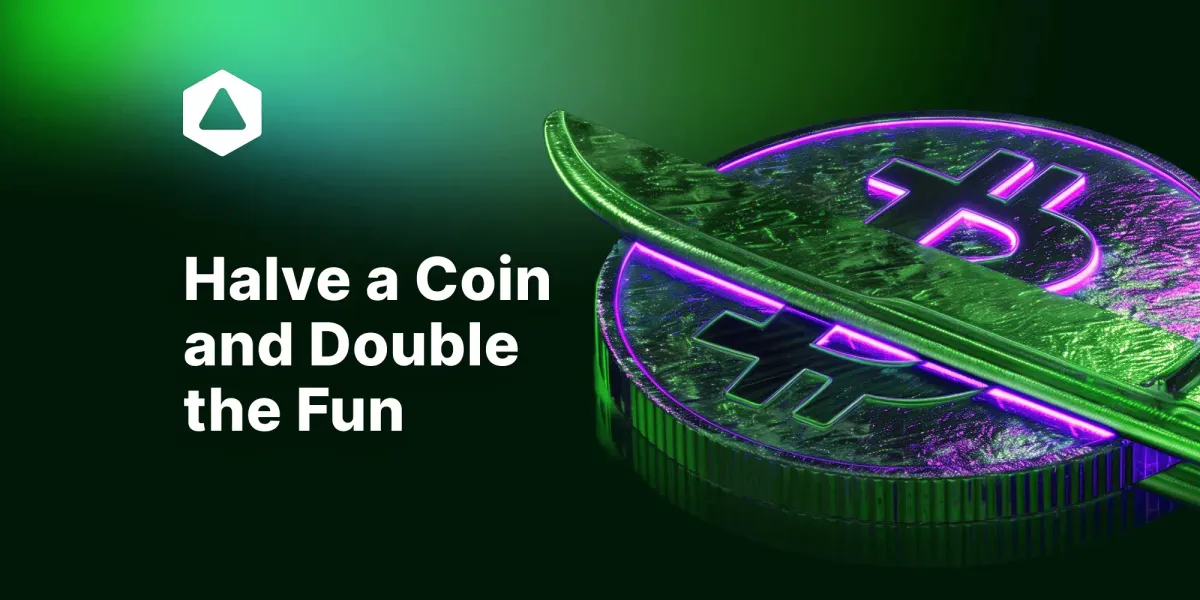
Decentralization
Today everyone terms Bitcoin as the most ‘decentralized’ network. But if you search for the word in the whitepaper, you will not find it. It was also mentioned for the first time under Bitcoin v0.1 accompanied by the following information.
“Announcing the first release of Bitcoin, a new electronic cash system that uses a peer-to-peer network to prevent double-spending. It's completely decentralized with no server or central authority.”
2,016 Block Difficulty Adjustment
The 2,016 block difficulty adjustment refers to the mechanism where the creation of new blocks (mining) adjusts. Think of a classroom of students with a math problem. If most students solve the problem too quickly, the teacher makes the next problem harder. If they take too long, the next problem is easier.
In a similar way, Bitcoin monitors how fast blocks are added and adjusts the problem difficulty. This happens after every 2,016 blocks (typically every two weeks) to help keep the 10-minute block interval consistent.
If miners are finding blocks too quickly, the difficulty increases, and if they are taking too long, it decreases. This was also not described in the whitepaper.
8 Decimal Precision
The 8 decimal precision represents the smallest denomination of Bitcoin allowed by its software, which is 0.00000001 BTC commonly defined today as 1 satoshi.
Although Satoshi did not include this information in the whitepaper, in an email reply to Mike Hearn, he notes that even if there is only going to be 21M coins ever, the currency is highly divisible and can be valued differently per unit by changing the position of the decimal. This way it could be easy for it to be used for some fraction of world commerce.
MultiSig
One of the transaction types that Satoshi designed Bitcoin to support is multi-signature transactions, commonly abbreviated as 'MultiSig.' These are transactions that require multiple signatures before they can be executed.
“A transaction can be written that requires two signatures to spend it next. You write a payment that requires the signature of both the recipient and the sender to spend it.”
Replace-By-Fee (RBF)
Still on transactions, a key feature known to exist today in Bitcoin is replace-by-fee. This is whereby a sender can choose to replace their unconfirmed transaction with a different version of that transaction that has a higher transaction fee. This way, the chances of their transaction getting confirmed get higher.
Although the whitepaper never mentioned it, the original version of the Bitcoin software was developed in a way that allowed for the replacement of unconfirmed transactions. But under version 0.3.12, Satoshi disabled the feature after realizing that it opened up vectors for denial-of-service (DOS) attacks.
Just a few years later, under Bitcoin Core version 0.12.0 released in February 2016, the feature was reintroduced, but this time with the name 'Full Replace-by-Fee'.
Mining Pools
Mining pools are the largest contributors to Bitcoin mining as they allow miners to combine their computing power to increase their chances of finding a block.
This aspect only came up a few years after the whitepaper had been published as a suggestion termed ‘cooperative mining’ when the difficulty of mining began to increase.
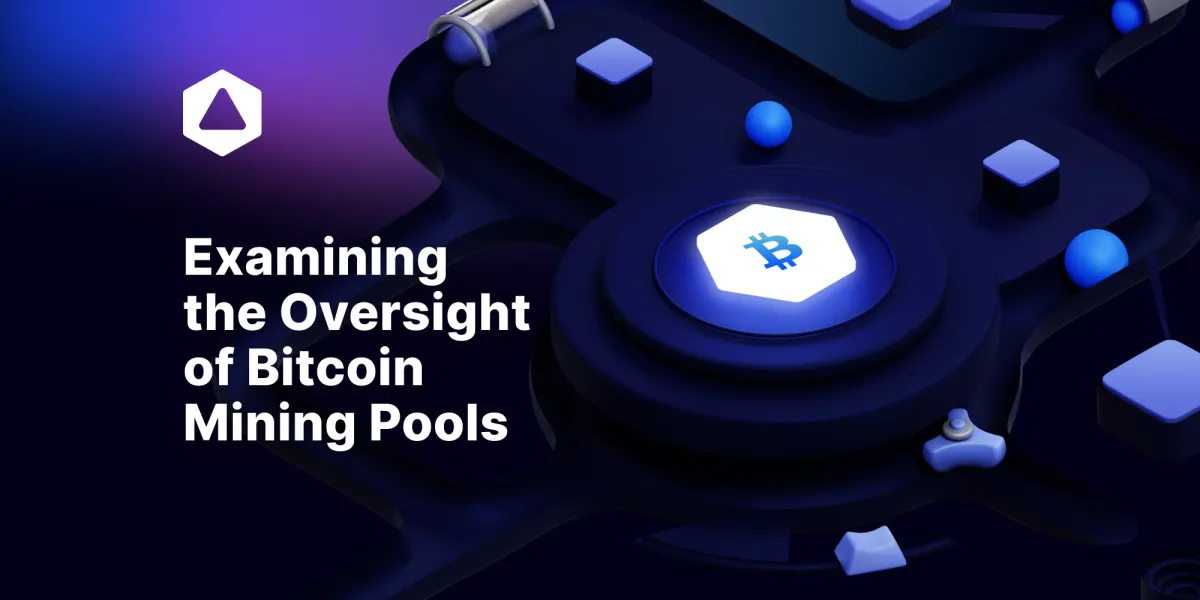
ASIC Mining
ASIC is an acronym for ‘application-specific integrated circuit’; a device designed for the sole purpose of mining cryptocurrencies. As we saw earlier, general CPUs were the ones described to generate blocks in Bitcoin.
But as the mining difficulty increased, it became impossible to mine using these devices because of computational power limits and the costs associated with energy consumption.
Therefore, innovations to design a machine specifically designed to mine Bitcoin began and in 2013, the first ASIC machine was released by Canaan Creative.
Script
As we know, ‘script’ is Bitcoin’s programming language used to process transactions. But when you read the whitepaper this aspect is nowhere to be found. It only came up in the BitcoinTalk forum where Satoshi notes that he wanted to design Bitcoin to support every possible transaction type he could think of and the solution to this was ‘script’.
Block Size
Although Satoshi never talked about it in the whitepaper, he realized there had to be a maximum block size, otherwise, some miners would produce bigger blocks than other miners were willing to accept, and the chain could split. Therefore, he inserted a 1 MB limit into the code.
However, as early as October 2010, a discussion began in the BitcoinTalk forum to increase the limit. But by 2015, the discussion had publicly burst onto the scene and lasted up to 2017 in a period which came to be known as 'the blocksize wars.'🔫
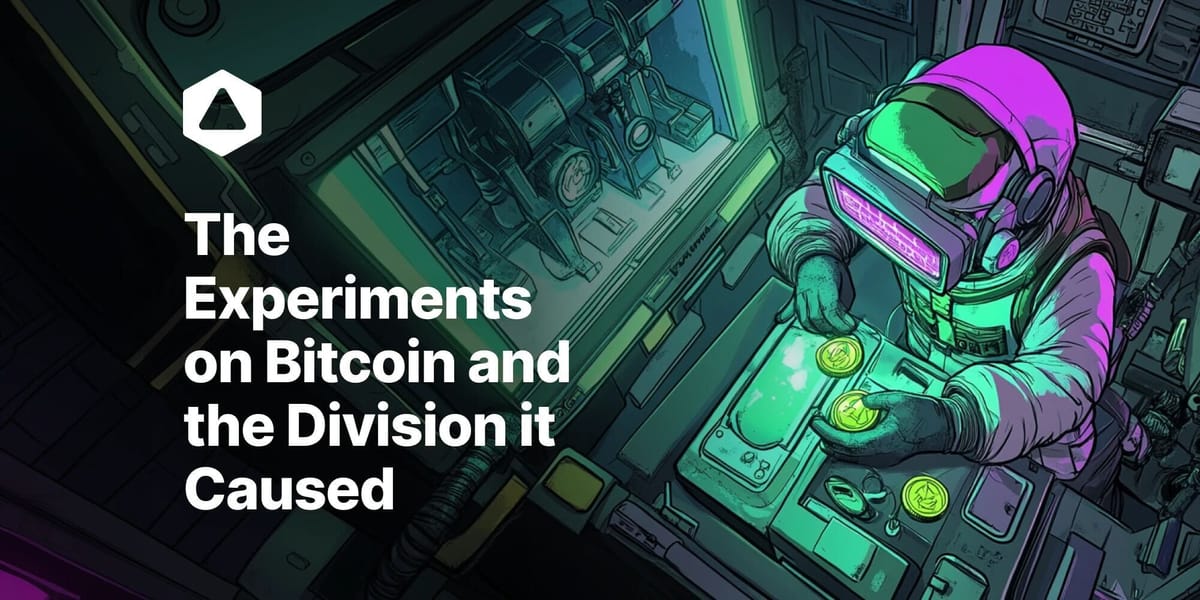
It was from this that a truce had to be found, which of course was none other than Segregated Witness (SegWit).
Segwit
SegWit is a Bitcoin upgrade implemented as a soft fork in 2017 that separates signatures from transaction data, allowing the network to create blocks larger than 1 MB. It also fixes a vulnerability called transaction malleability - a situation where an attacker changes the unique ID of a transaction before it is confirmed.
This way it paved the way for more advanced scaling solutions in Bitcoin like the Lightning network and the Taproot upgrade, all of which perhaps the whitepaper never saw coming since it never talked about them.
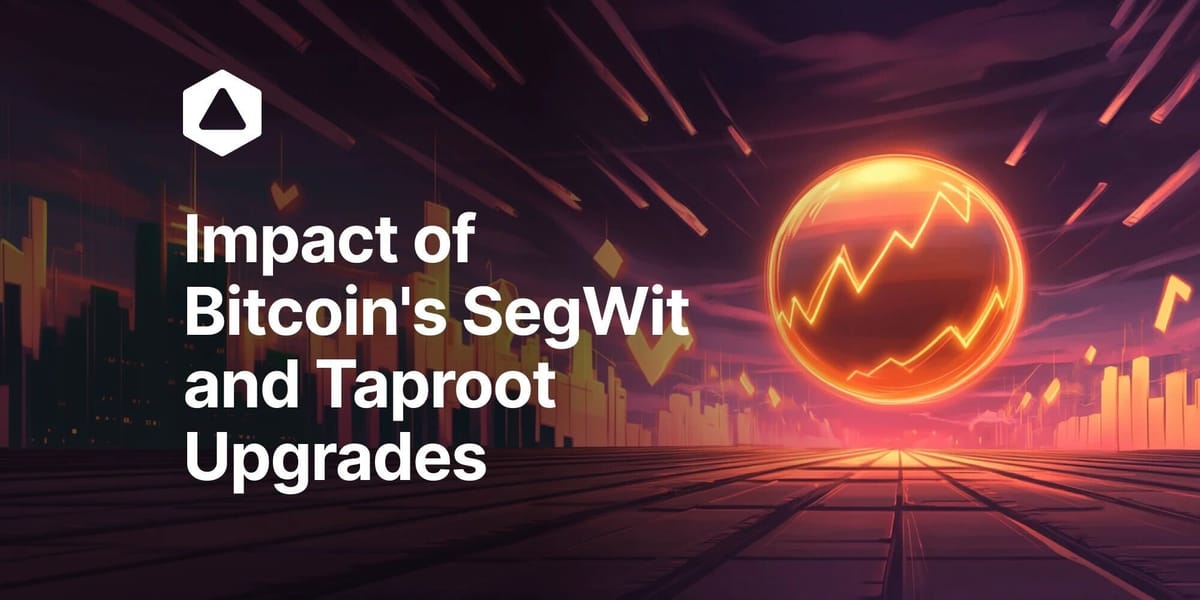
Where Bitfinity fits in this piece
Bitfinity's emergence as a Layer 2 solution for Bitcoin is here to address Bitcoin's scalability limitations while maintaining its core principles of decentralization and security. The introduction of an EVM-compatible environment on Bitcoin opens up new possibilities for developers to create and deploy smart contracts, and offers a wide range of applications that were previously limited by Bitcoin's scripting language.
A development that aligns with Satoshi Nakamoto's original vision of supporting various transaction types, as mentioned in the BitcoinTalk forum.
Bitcoin is an ongoing experiment, continuing to evolve and be updated on a regular basis.
As Bitcoin continues to evolve and adapt to the ever-changing landscape of blockchain technology, solutions like Bitfinity showcase the community's commitment to pushing the boundaries of what is possible with Bitcoin, beyond what was initially outlined in the whitepaper.

Connect with Bitfinity Network
Bitfinity Wallet | Bitfinity Network | Twitter | Telegram | Discord | Github

*Important Disclaimer: The information provided on this website is for general informational purposes only and should not be considered financial or investment advice. While we strive for accuracy, Bitfinity makes no representations or warranties regarding the completeness, accuracy, or reliability of the content and is not responsible for any errors or omissions, or for any outcomes resulting from the use of this information. The content may include opinions and forward-looking statements that involve risks and uncertainties, and any reliance on this information is at your own risk.
External links are provided for convenience, and we recommend verifying information before taking any action. Bitfinity is not liable for any direct or indirect losses or damages arising from the use of this information.










Comments ()